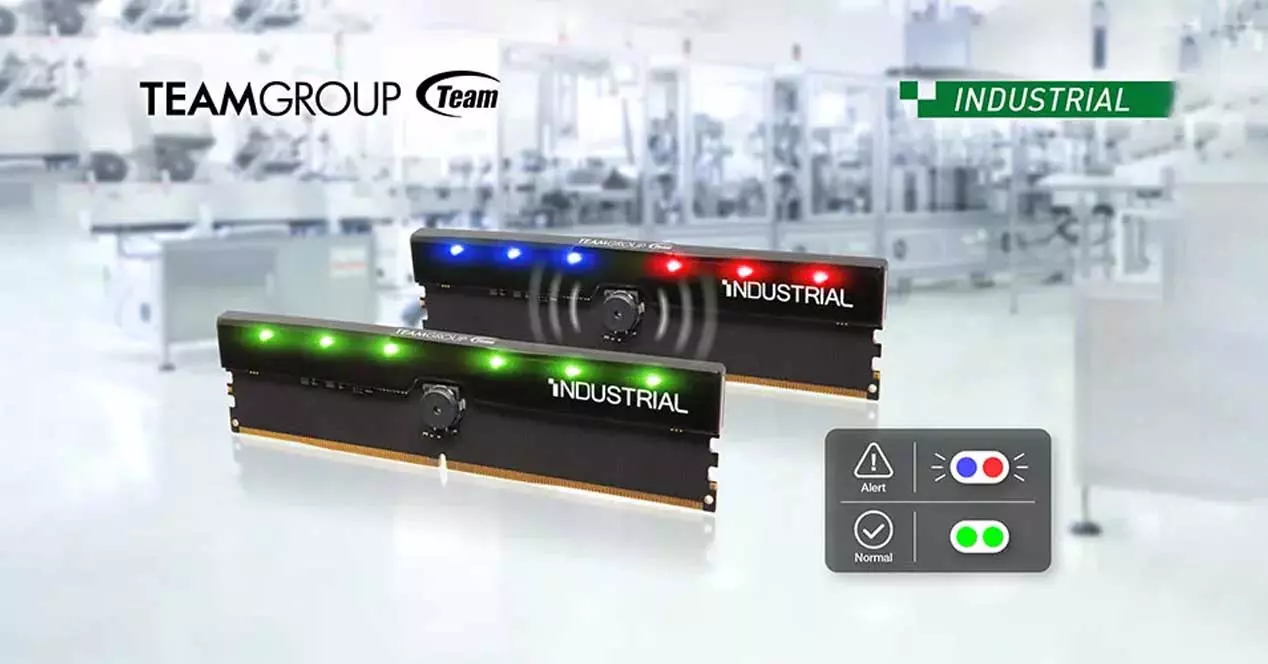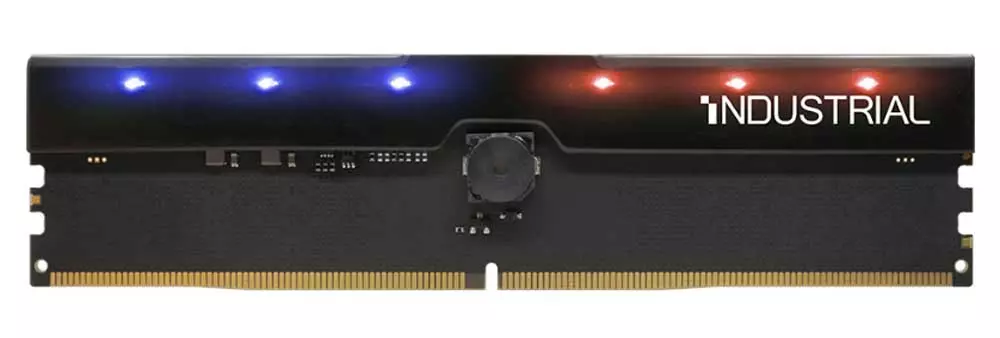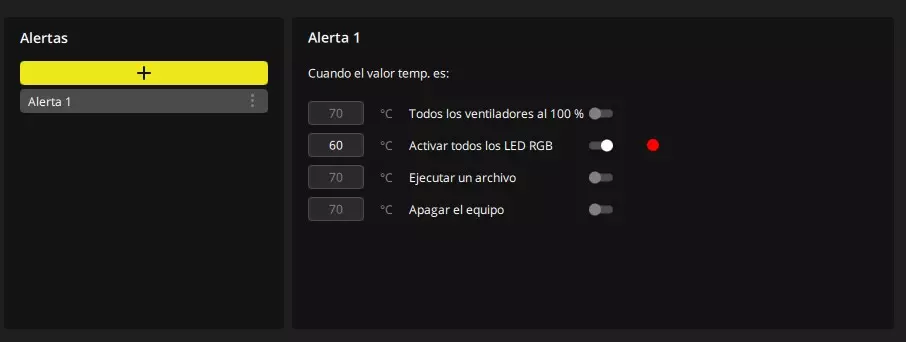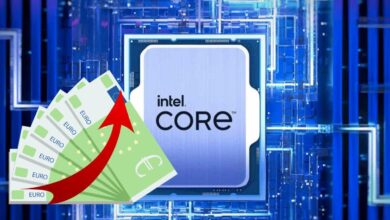
As almost always happens, this first initial model of RAM memory is designed for industrial environments (they almost always develop first for the professional field and then it reaches the ordinary users), but as always it can mean the start of a new trend in the market that could reach our desktop PCs in the near future.
The first DDR5 RAM with an “alarm” system
As we said, these RAM memories are initially designed for industrial environments, as they will be available in U-DIMM, SO-DIMM, ECC-DIMM and R-DIMM formats, all of them DDR5 at a speed of 5,600 MHz and with only 1.1V of voltage to work. They are expected to meet the needs of upcoming generations like Intel Raptor Lake and AMD Raphael-X, with high-performance specifications in line with JEDEC standards.
TeamGroup has been presenting great innovations in the industrial market for years, which, as we said, later end up reaching the consumer market. The particularity of this DDR5 RAM memory is that it has a kind of visual and audible alarm system that combines RGB lighting effects with a warning sound system: thus, when the system works correctly, the memory modules light up in color green, while when they find a problem they do it in blue and red alternately, while beeps are emitted to draw the user’s attention.
Of course, the alarm system is configurable by the user, being able to adjust the temperature parameters for example. So, continuing with the example, we could configure that RAM it lights up green when the temperature is below 60ºC, it turns yellow when it reaches 70ºC, it lights up red and blue alternately when it exceeds 80ºC, and if it exceeds 90ºC it also emits a series of beeps to alert us to the problem . As you can see in the image above, the memory module itself incorporates a small buzzer for this that does not require any additional connection.
At the moment, TeamGroup has not revealed the price or the availability date of this RAM, so we will have to wait to see when it reaches industrial environments and, above all, if it will reach conventional desktop PCs.
Will we see this technology in desktop PCs?
In fact, except for the acoustic alarm system, it is something that we already have and that does not require too much effort. For example, with CORSAIR RGB memory modules, we can configure alarms in its software, iCUE, so that at a certain temperature level the color of the memory changes, the program we want is executed or even the power is turned off. PC. Of course, this alert system is only valid for temperature.
Thus, the only substantial difference is the inclusion of that small speaker in the memory modules themselves that supports these alerts through beeps, although it is true that what we currently have works by software and not by hardware and, furthermore, it is temperature limited. However, we thought it wouldn’t be hard to implement this in hardware and add that little speaker, so it’s not unreasonable to think that we might see it in our desktop PCs one day.





